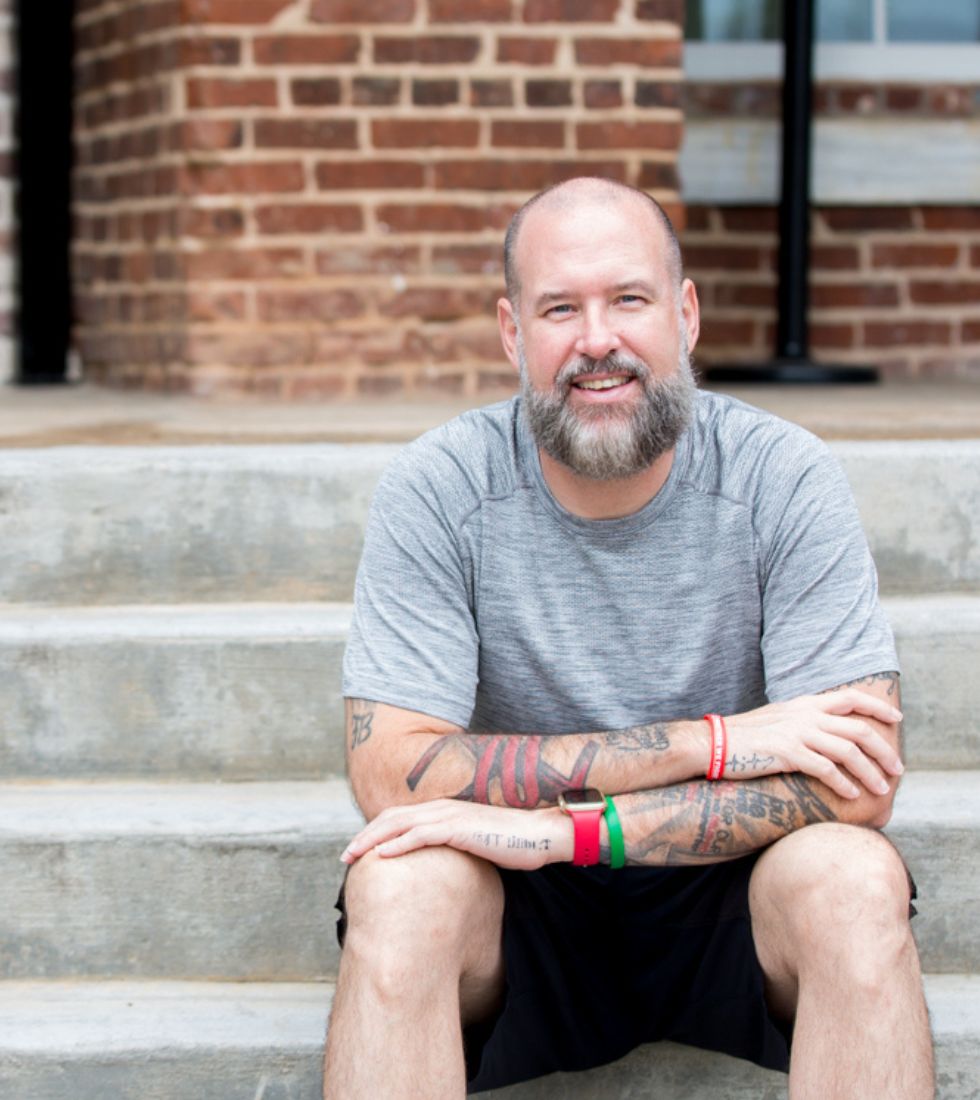Trauma can significantly impact life, often in ways that are invisible to the outside world. While traditional therapy has been a cornerstone in treating trauma, it isn’t accessible or suitable for everyone. This post explores self-guided trauma processing as an alternative approach, providing practical steps and considerations for those looking to navigate their healing journey independently.
Understanding Trauma and Self-Healing
The Nature of Trauma
Trauma is an emotional response to a terrible event. However, its impact can be complex, influencing our mental, emotional, and physical states. This section would delve into the various forms of trauma, the psychological and physiological effects it can have, and the diverse ways individuals experience and cope with traumatic events.
Why Consider Self-Processing?
Traditional therapy may not be a viable option for everyone due to cost, availability, or cultural reasons. Here, we explore how self-guided methods can offer a degree of flexibility and immediacy that professional therapy might not always provide. This portion emphasizes the importance of personal empowerment and the unique benefits that self-directed trauma processing can offer.
Navigating Trauma Without Therapy
Recognizing the Shortcomings of Conventional Therapy
There are several barriers to traditional therapy, including socioeconomic factors, stigma, and a lack of tailored approaches for different cultural backgrounds. This part of the post addresses these limitations and the need for alternative healing methods.
The Potential of Self-Processing
In this section, the focus is on the empowering aspects of self-processing trauma. It involves taking personal responsibility for one’s healing journey and the transformative potential that comes with directly confronting one’s traumatic experiences. It also discusses how this approach promotes resilience and self-awareness.
Practical Steps for Self-Processing Trauma
Identifying and Understanding Triggers
Triggers are specific sights, sounds, or situations that can bring back the experience of trauma. Recognizing and understanding one’s triggers is the first step in self-processing. This segment provides strategies for identifying triggers and preparing oneself to address them mindfully.
The Role of Mindfulness in Self-Processing
Mindfulness can be an invaluable tool in the self-processing of trauma. It involves staying present and fully experiencing one’s thoughts and feelings without judgment. This section offers guidance on mindfulness practices and how they can be used to stay grounded when processing difficult memories and emotions.
Embracing Pain to Heal
Rather than avoiding the pain associated with trauma, embracing it can be a path to healing. This part outlines a gentle yet candid approach to facing painful emotions, suggesting ways to gradually expose oneself to these feelings as part of the recovery process.
Safeguards and Considerations in Self-Processing
Precautions and Limitations
Self-guided trauma processing is not for everyone. This critical section discusses who may or may not benefit from this approach, emphasizing that for some individuals, professional support is crucial. It outlines the signs that one should seek professional help.
Developing Mindfulness as a Tool
Mindfulness needs to be developed with care. Here, readers will find practical advice on building a mindfulness practice, integrating it into daily life, and using it as a foundation for trauma processing.
An Invitation to Trust the Process
Healing from trauma is often not linear. This section offers encouragement and stresses the importance of patience and trust in the self-healing process. It acknowledges the courage it takes to face trauma and the personal growth that comes from it.
Additional Resources for Support
Alternative Support Methods
For those who find self-processing overwhelming, this section provides information on support groups, online forums, and other resources that can complement the self-healing journey.
Conclusion: Personal Empowerment in Healing
The post concludes by reinforcing the message that healing is a personal journey. It highlights the importance of acknowledging one’s strength, the power of taking control of one’s healing process, and the understanding that every journey is unique.
This expanded structure gives a comprehensive roadmap for creating a detailed long-form blog post on self-guided trauma processing. Each section builds upon the last, providing the reader with a thorough understanding of the topic, practical advice, and considerations for self-healing.
Other Questions
Can you process trauma on your own?
While it is possible for individuals to process trauma on their own, the success of such endeavors varies greatly depending on the nature and severity of the trauma, as well as the individual’s personal resilience, coping mechanisms, and social support systems. Some may find that engaging in self-help techniques such as journaling, mindfulness, and meditation can be beneficial. However, complex traumas or those that significantly impair daily functioning often require professional guidance. It’s essential to assess personal capacity realistically and seek help when the trauma feels overwhelming.
What are the alternative therapies for healing trauma?
Alternative therapies for healing trauma include a range of non-traditional methods that complement or are used in place of conventional psychological approaches. Some of these therapies include:
- Eye Movement Desensitization and Reprocessing (EMDR): This therapy helps reduce the distress associated with traumatic memories through guided eye movements.
- Somatic Experiencing: A body-oriented approach that helps relieve the symptoms of PTSD and other mental and physical trauma-related health problems.
- Art and Music Therapy: These therapies allow individuals to express and process emotions associated with trauma through creative outlets.
- Yoga and Mindfulness: These practices help individuals reconnect with their bodies and regulate their nervous systems.
- Animal-Assisted Therapy: Interaction with animals can promote healing by offering comfort and facilitating emotional regulation.
What method is most effective for processing trauma?
The effectiveness of a trauma processing method can depend heavily on the individual and their specific experiences. Cognitive-Behavioral Therapy (CBT), particularly Trauma-Focused CBT, is widely recognized for its effectiveness and is often considered a first-line treatment for trauma. EMDR has also gained substantial evidence for its efficacy. Ultimately, the best approach is personalized, considering the individual’s unique situation, preferences, and response to the therapy. A combination of different therapies often yields the best results.
What are the 4 components of trauma-informed approach?
A trauma-informed approach involves understanding, recognizing, and responding to the effects of all types of trauma. The four key components of a trauma-informed approach include:
- Realization: Professionals and the organizations they work for understand the widespread impact of trauma and recognize paths for recovery.
- Recognition: Trauma-informed care practitioners can identify the signs and symptoms of trauma in clients, families, staff, and others involved with the system.
- Response: The entire organization integrates knowledge about trauma into policies, procedures, and practices.
- Resisting Re-traumatization: Understanding that the system itself can cause further trauma or trigger past trauma, and working actively to avoid it.
Implementing a trauma-informed approach requires consistent and comprehensive changes at all levels of an organization or system.
Other Resources
- The Body Keeps the Score: Brain, Mind, and Body in the Healing of Trauma” by Bessel van der Kolk : This book is considered a seminal work on the understanding of trauma and its effects on the body and mind. Dr. van der Kolk, a leading expert on trauma, explores various methods of treatment that go beyond traditional talk therapy.
- Trauma and Recovery: The Aftermath of Violence – From Domestic Abuse to Political Terror” by Judith Lewis Herman: Herman’s book is pivotal in understanding the stages of recovery from traumatic events and offers a comprehensive view of the healing process.
- “Waking the Tiger: Healing Trauma” by Peter A. Levine: Levine introduces the concept of somatic experiencing, a body-focused therapy that helps to alleviate the symptoms of trauma without the individual needing to relive the traumatic event.
- ”The Trauma Tool Kit: Healing PTSD from the Inside Out’ by Susan Pease Banitt: This book provides a range of holistic approaches and practical exercises designed to help individuals work through PTSD and trauma.
- In an Unspoken Voice: How the Body Releases Trauma and Restores Goodness” by Peter A. Levine: Expanding on the ideas presented in “Waking the Tiger,” Levine explores the interconnection between psychological and physiological healing processes.

Somatic coach (therapist) in Canton, GA, and Worldwide Life Coach dedicated to inspiring and assisting people worldwide through candid conversations about anxiety. Having personally battled general anxiety, panic disorder, and OCD, I understand the daily challenges those grappling with anxiety face. My journey involved searching for the right therapist, medication, and natural supplements and undergoing various tests. It was only after deciding to reclaim my life that I finally overcame anxiety’s hold. I’m passionate about helping others conquer their struggles and discover their life purpose.

